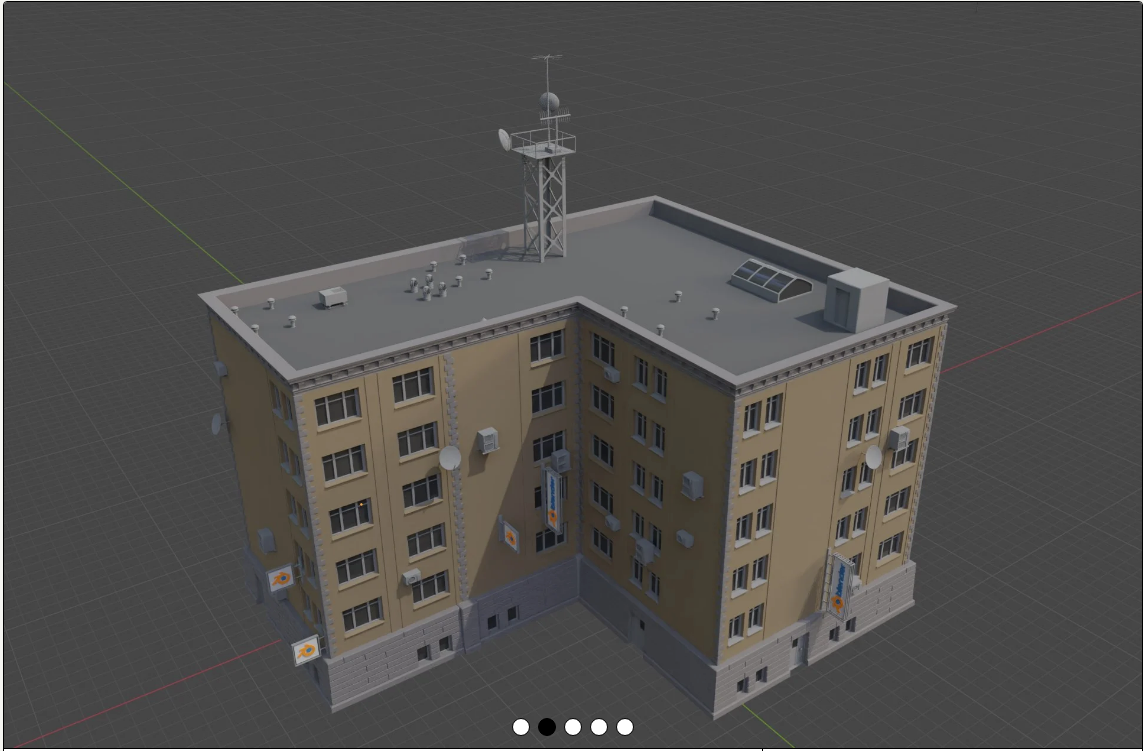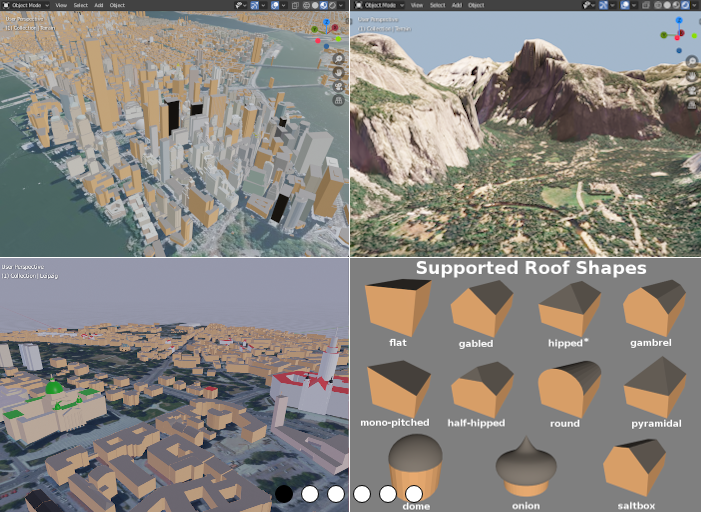Build a 3D Map with Buildings in Blender with Buildify
Table of Content
Blender is a free and open-source 3D modeling software for creating 3D models, visual effects, 3D animations and interactive 3D apps. It is available for Windows, Linux, macOS, and BSD systems.
Buildify

Buildify is a .blend file that allows you to create, build, and customize 3D buildings within Blender, just by opening the .blend file.
The project is the brain child of Pavel Oliva, a 3D artist from the Czech Republic, who also created amazing kits for Blender as the desert kit, and stylized water material.
In the nutshell:
- It is an easy-to-use kit: once you have all modules placed into collections, just extrude, copy and paste faces and buildings will be generated automatically
- Offers a modular approach - use premade node groups to make a large variety of architectural styles to fit your needs.
- Comes with a native support for Blender-OSM add-on - use data based on real life locations to combine with procedural generation.
Blender-OSM

Blender-OSM enables you to create a 3D map in blender that based on actual maps from OpenStreetMap.
Both kits can be used for interactive 3D map visualization, building simulation, and building game maps.
How you can use Buildify and Blender-OSM?
To have a satisfying output, it is required to have a fair knowledge of blender and 3D modeling. Then, it is straightforward:
Resources









